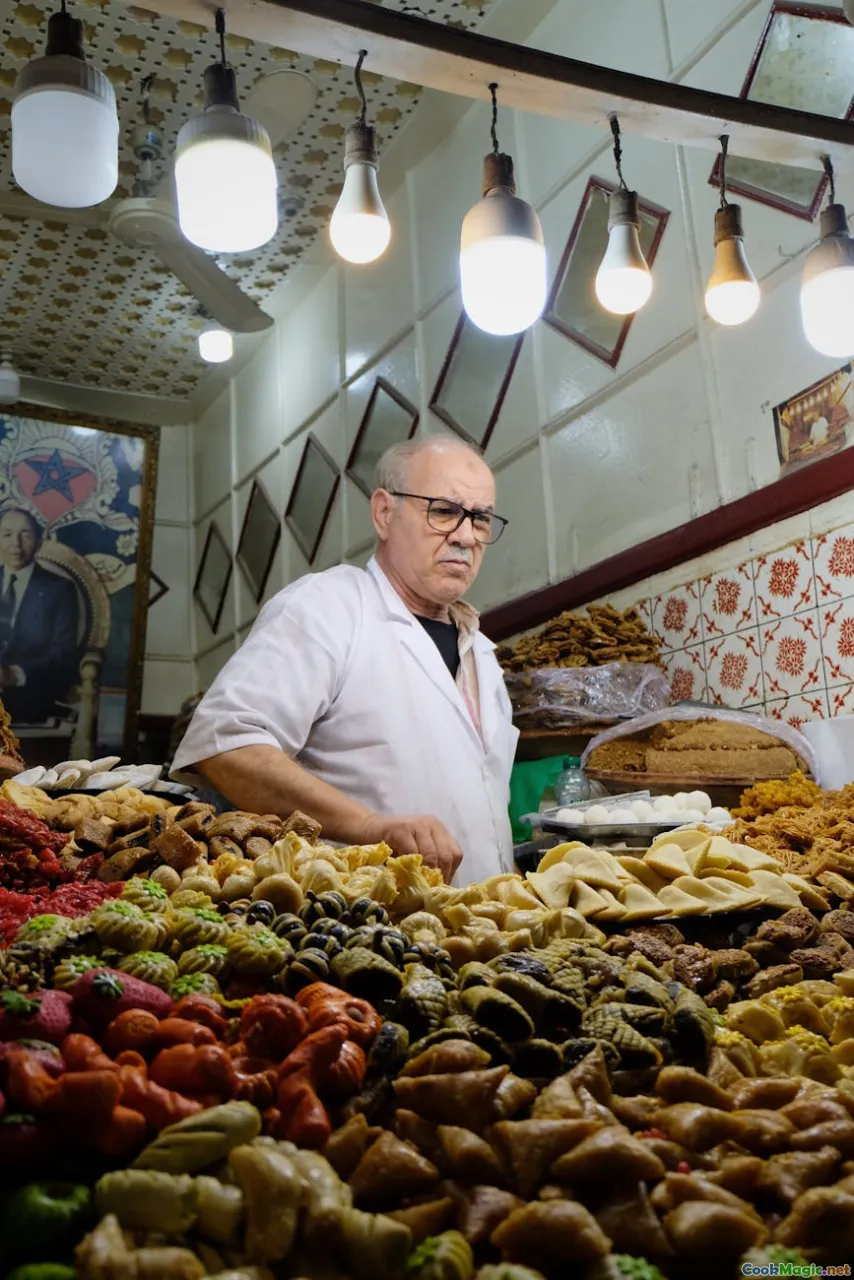Must Try Albanian Treats
8 min read Discover the rich tapestry of Albanian treats—delicious, authentic, and steeped in history—perfect for food lovers eager to explore Balkan flavors. April 25, 2025 19:00
Must Try Albanian Treats
Imagine stepping into a vibrant marketplace nestled amidst the rugged mountains and pristine coastlines of Albania. The air is thick with the enticing aroma of freshly baked breads, sweet syrups, and aromatic spices. Albanian cuisine, often overshadowed by its Balkan neighbors, is a treasure trove of flavors, textures, and stories that span centuries. For the adventurous gastronome or the curious traveler, exploring Albanian treats offers a delightful journey into the heart of this resilient and culturally rich nation.
The Cultural Fabric of Albanian Cuisine
Albanian food is a reflection of its history, geography, and the warmth of its people. Traditionally, Albanian cuisine emphasizes fresh, local ingredients—olive oils from the coastal regions, dairy and meat from the highlands, and seasonal fruits and vegetables from fertile valleys. Food plays a pivotal role in social gatherings, religious festivals, and family celebrations, making each dish a vessel of community and tradition.
Must-Try Albanian Treats
1. Tavë Kosi — The Iconic Albanian Lamb and Yogurt Casserole
While primarily a savory dish, Tavë Kosi is a culinary emblem that embodies Albanian comfort food. Tender lamb is slow-cooked in a rich yogurt sauce, baked to perfection until the top is golden and slightly crispy. The combination of the tangy yogurt with succulent meat creates a harmonious flavor profile that is both hearty and soothing. Its origins trace back to the northern regions, where pastoral traditions flourish.
2. Byrek — The Flaky Pastry of the Balkans
No Albanian culinary exploration is complete without tasting Byrek. This savory pastry, flaky and layered, is made with thinly rolled dough called phyllo and filled with a variety of ingredients—spinach and feta, ground meat, or even pumpkin. The smell of baked Byrek emanates through Albanian streets, inviting passersby into cafes and homes alike. Its crispy exterior contrasts beautifully with the tender, flavorful filling.
3. Raki — The Spirit of Albanian Hospitality
Raki, a potent fruit brandy, is more than just an alcoholic beverage—it’s a symbol of Albanian hospitality and tradition. Made from grapes, plums, or mulberries, Raki is often distilled at home and served during celebrations or family gatherings. Its fiery warmth clears the palate and fosters camaraderie, making it an essential part of social occasions.
4. Qofte — Albanian Meatballs
Albanian Qofte are fragrant, spiced meatballs that showcase the country’s love for bold flavors. Usually made from a mixture of beef and lamb, seasoned with herbs like parsley, garlic, and pepper, they are grilled or fried until crispy. Served with fresh bread or a side of yogurt, Qofte are a staple street food that brings comfort and nostalgia.
5. Trilece — The Albanian Milk Cake
A sweet, indulgent treat, Trilece is a sponge cake soaked in three kinds of milk—evaporated, condensed, and cream. Topped with whipped cream and sometimes fruit or chocolate shavings, this dessert is a local favorite for celebrations or afternoon tea. Its moist texture and luscious flavor make it irresistible.
6. Fërgesë — The Traditional Albanian Cheese and Pepper Dish
Originating from Tirana, Fërgesë combines soft cheese with peppers, tomatoes, and herbs, baked until bubbling. It’s a comforting dish often enjoyed with fresh bread and pairs beautifully with local wines. Its vibrant colors and rich aromas exemplify Albanian homestyle cooking.
7. Petulla — Albanian Fried Dough
Simple yet addictive, Petulla are small, crispy fried dough balls, often enjoyed as street food or snack. Dust them with powdered sugar or serve with honey for a sweet twist, or add herbs and cheese for a savory version. Their golden exterior and fluffy interior make them a universal comfort food.
Personal Encounters and Culinary Stories
My journey into Albanian cuisine was nothing short of transformative. I vividly recall sitting in a humble village tavern, where an elderly woman named Mira prepared a steaming pot of Tavë Kosi. As she poured the yogurt sauce over tender lamb, the aroma reminded me of my grandmother’s kitchen—simple, honest, and full of love. Sharing this meal with locals, I felt the essence of Albanian hospitality—an open-hearted embrace that manifests through food.
Another memorable moment was sampling homemade Raki during a village festival. The fiery spirit warmed my throat and sparked conversations with locals who shared stories of their ancestors, their struggles, and their hopes. These culinary experiences transcend taste; they are windows into Albanian soul and resilience.
The Modern Albanian Food Scene
Today, Albanian cuisine is experiencing a renaissance, blending traditional flavors with contemporary culinary techniques. Boutique cafes and restaurants in Tirana, the capital, serve innovative takes on classics, using locally sourced ingredients and artistic presentation. Yet, the essence remains rooted in community and authenticity.
Food festivals celebrating regional dishes, like the Dita e Byrekut (Byrek Day), showcase the diversity and richness of Albanian treats. Travelers and food enthusiasts alike are discovering that Albanian cuisine offers a rewarding adventure—one that combines history, flavor, and heartfelt hospitality.
Conclusion: An Invitation to Explore Albanian Flavors
Embarking on a culinary journey through Albania reveals more than just dishes; it unveils a story of resilience, tradition, and warmth. From the flaky layers of Byrek to the fiery embrace of Raki, each treat encapsulates a piece of Albanian identity. So next time you seek an authentic, flavorful experience, dare to try these Albanian treats—you may find a new favorite that will linger in your memory long after the last bite.
Embrace the flavors, savor the stories, and let Albanian cuisine inspire your palate and your soul.









